Classroom 15X - Unblocked Games for School Breaks & Beyond

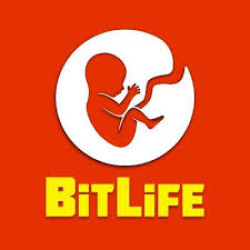







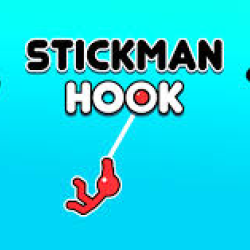










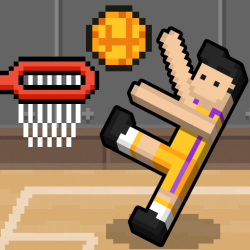

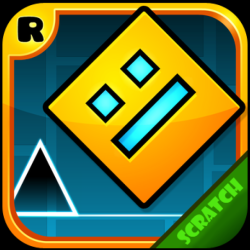



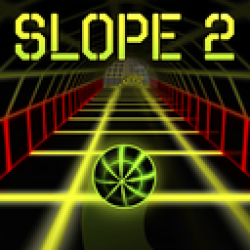




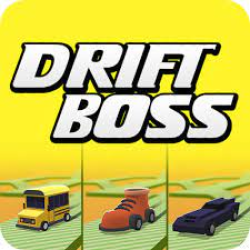



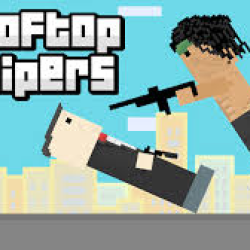



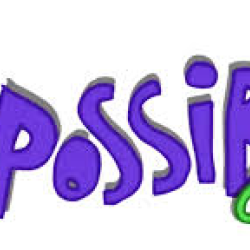



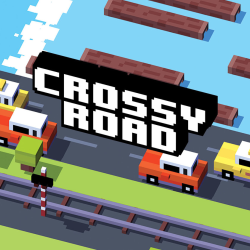

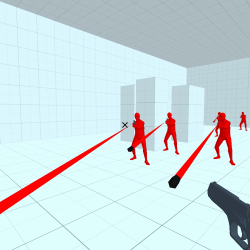
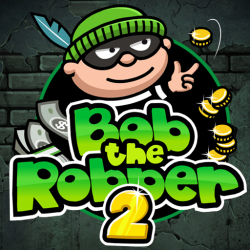










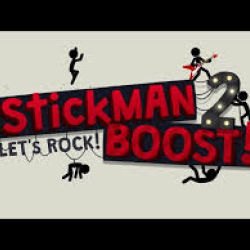





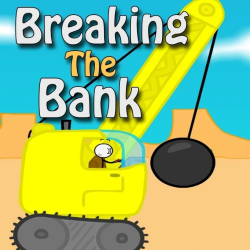


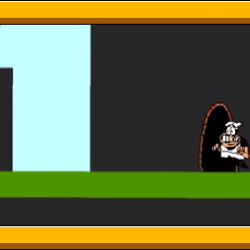


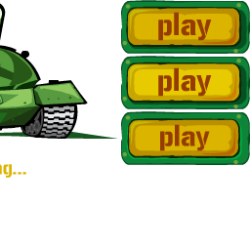

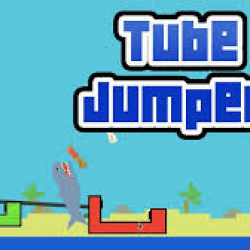


Educational innovation often comes in unexpected forms. In the midst of heated debates over screen time, a new platform called Classroom15x has quietly gained traction among teachers and students. The site offers a library of browser based, HTML5 games specifically curated for school networks: the games load instantly with no downloads or sign ins, run smoothly even on low powered Chromebooks or old desktops, and are filtered to remove inappropriate content.
The philosophy is simple: give students short, game like cognitive breaks of just 5–12 minutes that reset their minds before returning to lessons. Research suggests this kind of break can sharpen focus and even spark creativity. Indeed, other educators observe that a well timed brain break “refreshes our thinking” and helps the mind “incubate and process new information” by shifting away from routine tasks.
In practice, Classroom15x’s library is constantly updated with non disruptive, age appropriate titles puzzles, quizzes, simple multiplayer games all vetted to ensure they reinforce attention rather than derail it.
Platform Snapshot
Launch Date: Q1 2025
Founders: Solopreneur
Core Features: Ad filtered, fast loading HTML5 games; 5–12 min strategic breaks
Supported Devices: Chromebooks, tablets, old desktops, phones
The Classroom 15x portal is fast loading and provide free unblocked games for school play. Its not needed to download anything, the click and play interface was tested in real classrooms by it founder, who fine tuned the experience to be as seamless as possible. The site’s design prioritizes simplicity: games are hand picked to be “school friendly,” and each session is intentionally short.
Influences like Duolingo’s bite sized lessons and Kahoot’s game driven learning model, aiming to capture that same feeling of quick, repeatable fun. Classroom15x positions itself in a similar niche, albeit as a pure break tool rather than a formal lesson platform.
Critically, Classroom15x is offered free to use. Its revenue model relies on limited advertising and indie game developer partnerships. Ads are sparse and vetted for appropriateness, and in many cases independent game creators pay to have their school safe titles featured on the site.
The entire library is educationally purposeful and far from valueless.
Despite a low key launch, Classroom15x has spread organically in a subset of progressive U.S. schools. In districts experimenting with flexible learning models, teachers have quietly shared the site as a free resource for supervised breaks. Early anecdotal reports from classrooms suggest it’s having the intended effect: by scheduling brief game sessions between lessons, some teachers find students come back calmer and more attentive.
One middle school educator noted that even a ten minute Puzzle Break on Classroom15x could reset the class’s mood, making the subsequent math lesson smoother. Though these are informal observations, they echo findings from education experts who praise structured brain breaks. Other benefits listed by educators include boosted creativity and physical activity traits that Classroom15x’s games (many of which involve quick problem solving or even minor physical movement) can help nurture.
Classroom15x also has a sibling platform called Classroom80x (not widely advertised), which offers interactive tools like mini quizzes and collaborative exercises. Together, these sites suggest a larger “ClassroomX” brand strategy aimed at holistic classroom support. The design ethos of both platforms looks to popular edtech: the founder openly acknowledge inspiration from Quizlet, Kahoot, and Duolingo’s gamification techniques.
If Duolingo’s massive user base is any indication of demand for learning games, then the appetite for playful education is real. Classroom15x fits into that trend by focusing strictly on unmonitored break time a controversial niche. Indeed, not everyone is convinced. Some school administrators and government education departments question whether adding any more screen content is wise. After all, U.S. teens average many hours of screen exposure per day.
In this light, policy discussions have stressed moderation. Others have pointed out that it’s not just time but context that matters: health experts now often advise looking at the value of screen activities rather than raw minutes. In that view, a five minute mini game break might be justified if it genuinely resets attention and avoids more mindless screen use.
The debate is ongoing: some districts explicitly forbid any gaming on campus, while others have quietly relaxed rules for approved “digital brain breaks.” Adding to the noise are unconfirmed rumors of outside interest.
What is clear is that the site was built with low tech classrooms in mind. Each game is coded in plain HTML5 and optimized to run on aging hardware. This matters in cash strapped schools, where often the only devices available are clunky Windows laptops or basic Android tablets. By contrast to graphics intensive game platforms, Classroom15x’s simplicity ensures it won’t stall or crash common school devices.
Classroom15x’s features quick load times, lightweight code and mobile compatibility. From a wider perspective, Classroom15x is part of a larger industry and societal shift. Employers have long offered wellness breaks and company sponsored games to boost productivity; there’s growing recognition that structured downtime helps prevent burnout. Schools, facing their own productivity and engagement challenges, are experimenting similarly.
The broader “microlearning” trend – championed by apps like LinkedIn Learning and language apps emphasizes short, focused chunks of activity. In classrooms, this has translated into gamified quizzes and digital recall games. Classroom15x takes that idea a step further by carving out non academic game time, explicitly to recharge rather than instruct.
The potential policy implications are intriguing. If platforms like Classroom15x truly help students focus, they may force a rethinking of rigid screen time limits in schools. Conversely, if critics are right, such sites could be curtailed under bans on non educational internet content. For now, they occupy a gray area: unrecognized in most official edtech guidelines, but quietly used by those eager to boost engagement.
One thing is clear from education research: not all screen time is equal. Studies show that targeted educational use of screens can improve children’s knowledge, literacy, and relationship building and help retain information, especially when integrated thoughtfully into lessons.
Classroom15x’s narrative is that its games are purposefully designed to be more like active puzzle solving or creative play than passive video scrolling. In the market, Classroom15x is carving out a niche at the intersection of education and entertainment. While giants like Google’s Classroom and Microsoft Teams dominate the official LMS space, niche platforms for break time recreation are fewer.
Its closest comparisons might be “browser strip” sites used by students to dodge filters; Classroom15x simply seeks to legitimize that practice. By focusing on research backed break lengths and educator friendly oversight, it tries to sidestep the chaos often associated with open gaming in schools.
Industry watchers note a growing segment of “adulting” EdTech (study planners, focus timersand wellness apps) while Classroom15x could be seen as a similar pivot but for younger learners mental health. Whatever the long term outcome, Classroom15x reflects one undeniable trend: classrooms today are hybrid digital/physical spaces, and educators are hungry for new tools. As technology further embeds in daily life, even short respites can carry weight. If little games can indeed sharpen the mind in the way a quick walk or doodle might then platforms like Classroom15x will only grow more relevant. Whether they end up as footnotes in education history or the start of a broader “playful learning” movement remains to be seen, but for now they are leading to conversations about how students recharge in the digital age.